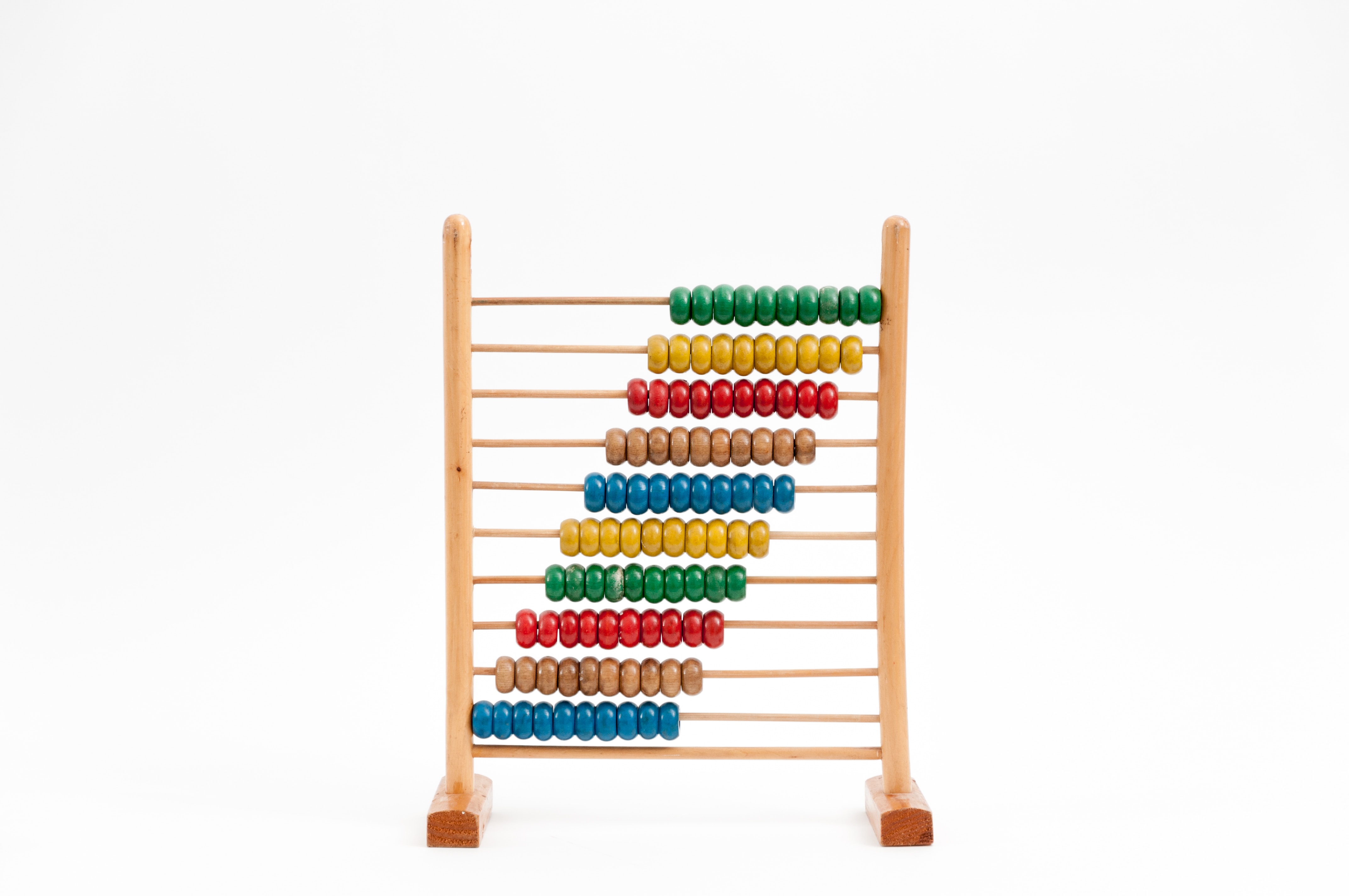PUBLISHED SOON
TeacherYOU CAN FIND HERE THE INFO OF OUR ABACUS TEACHER
 ENROLL NOW
ENROLL NOW
The abacus is one of the oldest known calculating devices, and has been used for thousands of years. It is a simple yet powerful tool that can be used to perform arithmetic operations such as addition, subtraction, multiplication, and division. In this blog post, we'll take a closer look at the abacus, its history, and how it works. History of the Abacus The abacus is believed to have originated in ancient China around 300 BCE. It was later introduced to Japan and other parts of Asia, where it became a popular tool for performing calculations. The abacus was also used in Europe during the Middle Ages, but was eventually replaced by the more sophisticated mechanical calculators of the 19th and 20th centuries. The Abacus Design The abacus consists of a rectangular frame with a number of rods or wires running parallel to each other. Each rod represents a place value, such as units, tens, hundreds, etc. The beads on each rod are used to represent numbers, with each bead representing a single unit. The beads are usually moved up and down on the rods to perform calculations. How the Abacus Works To use the abacus, you first need to understand the concept of place value. In a base-10 number system, each digit in a number represents a different place value, such as ones, tens, hundreds, etc. For example, the number 123 has a digit in the ones place, a digit in the tens place, and a digit in the hundreds place. To perform addition on the abacus, you simply move the beads on each rod to represent the numbers you want to add. For example, to add 123 and 456, you would move three beads on the units rod, two beads on the tens rod, and one bead on the hundreds rod to represent 123. Then, you would move six beads on the units rod, five beads on the tens rod, and four beads on the hundreds rod to represent 456. Finally, you would count the total number of beads on each rod to get the answer: 579. Subtraction, multiplication, and division can also be performed on the abacus using various techniques. For example, to perform subtraction, you would move the beads on the rods to represent the first number, and then move them back to represent the second number. The difference between the two numbers can then be read off the abacus. Conclusion In conclusion, the abacus is a fascinating tool that has played an important role in the development of mathematics and computing. While it has largely been replaced by electronic calculators and computers in modern times, it remains a valuable educational tool for teaching children about place value and arithmetic.

YOU CAN FIND HERE THE INFO OF OUR ABACUS TEACHER

YOU CAN FIND HERE THE INFO OF OUR ABACUS TEACHER

You can see the comment about our course

You can see the comment about our course

You can see the comment about our course